Efference Copy Mechanism
Temple Bar Gallery + Studios is pleased to present Efference Copy Mechanism, a large-scale installation by Ronan McCrea. The exhibition comprises a complex arrangement of superimposed slide and 16mm film projections that draw on the artist’s personal archive and accumulated image bank, continuing his ongoing exploration of celluloid materiality, appropriated and found images, instructional film and pedagogy, reproduction and indexicality.
The darkened gallery space is divided by a line of steel archive storage shelves. From within this structure – at once functional and symbolic – an array of signals, control boxes, cables, looping mechanisms and projectors orchestrate the combination of images onto the surrounding walls. This spine-like structure is a key to the exhibition’s title. In neurological terms an efference is a motor signal from the central nervous system to the periphery. A copy of this signal – an efference copy – is created as the signal exits the brain and is re-routed to other areas of the sensory cortex, thus explaining our perception of stability despite constant eye movement, and how sensory signals generated from external stimuli can be distinguished from signals resulting from one’s own actions. Efference Copy Mechanism acts as a metaphor and framework for the artist’s thinking on his own relationship to the photo-mechanical image and the ‘baggage’ – both physical and metaphoric – of a personal archive representing many years of practice.
Twelve by Twelve by Two is a projected 35mm slide work consisting of twelve sets of twenty four images. Each set depicts a particular subject or typology of what the artist terms ready-made images that variously encompass his ongoing photographic studies, collections, unrealised projects, fragments of earlier artworks, and self-reflexive stagings of the photographic medium itself. The slide projectors are programmed to create twelve systematic sequences of superimposed images each of approximately two minutes duration that include pictures of uninhabited zoo environments, seascapes, hand gestures, projection lamps, instructional pictures, renderings of a speculative sculpture project, a study of photographic images found on empty buildings and sites, a collection of mid-century glassware, an issue of an art magazine from 1971, encyclopaedia photographs with holes, and a study of raking and flying shores. The contingency of the material is re-imagined and re-constituted through tropes of superimposition, seriality and the grid that draw on the legacies of Structural film and the procedural logics of minimalism, early conceptual art and twelve tone serial music.
North Sea Dissolve is a projection work that extends the interval between the exposures on a roll of 35mm slide film shot at sea from fractions of a second to minutes in a rolling dissolve sequence that creates a play between a proto-cinematic temporality and a shimmering optical effect. While this resonates with images of the sea present in other works in the exhibition, the subject matter and title of this work are also a partial reference to Marcel Broodthaers’ 1974 film and book ‘A Voyage to the North Sea.’
Structures of Feeling (Superimposition) involves the double screening of two 16mm films: a twenty minute segment of Robert Flaherty’s seminal 1934 ethnographic docu-fiction Man of Arran superimposed on a seven minute section of The Structure of Atoms, a Soviet era science educational film for schools which features distinctive modernist graphics to explicate the fundamental structure of matter invisible to the human eye. As each film segment is physically looped and of different duration, the combination of images is constantly in flux. The title of this work is appropriated from theorist and critic Raymond Williams, whose famous, if at times ambiguous, concept of structures of feeling describes how different ways of thinking are vying to emerge at any one time in history, if not yet fully articulated or worked out. Structures of feeling can also describe how distinctive values and ways of organising experience are shared by a generation within a culture.
Efference Copy Mechanism is also a meditation on the institution of the artist’s studio in relation to materiality of analogue photography, the artist’s archive and the ‘baggage’- literal and metaphoric – of an ongoing material-based artistic practice. The exhibition was developed in one of the studios located above the gallery and this storied relationship evolved into a key influence on the working process. This connection is further reflected in a window display of reference material that hint at some of the thinking and methodologies of the project.
Ronan McCrea holds a membership studio at Temple Bar Gallery + Studios (2017-2020). In 2018 he was shortlisted for MAC International, Belfast. In 2005 he was one of the seven artists to represent Ireland at the 51st Venice Biennale. Other exhibition and projects include We Are Center, CSS Bard College, New York & P! Gallery, New York, (2016); Green on Red Gallery, Dublin (2016/13/11); Fragments, Irish Museum of Modern Art (2015); Enclave Gallery, London (2014); Lab Gallery Dublin (2013); screenings at Cologne Kunstverein and Cobra Museum, Netherlands (2011); We are Grammar, Pratt Manhattan Gallery, New York, (2011); School Days, Glucksman Gallery, Cork (2010-11); Sinopale 3, Sinop Biennial, Turkey (2010); Coalesce: Happenstance, Smart Project Space, Amsterdam (2009); Nameless Science, Apexart, New York (2008); School Play a public art commission for a CETNS school in Dublin (2009); Project Arts Centre (2003); Glassbox Paris (2002); Temple Bar Gallery (2000). His work is represented in the collections of the Irish Museum of Modern Art, The Arts Council/An Chomhairle Ealaíon, UCD, OPW, as well as numerous private collections. Ronan McCrea is represented by Green on Red Gallery, Dublin and is currently a lecturer in Fine Art at Technological University Dublin
